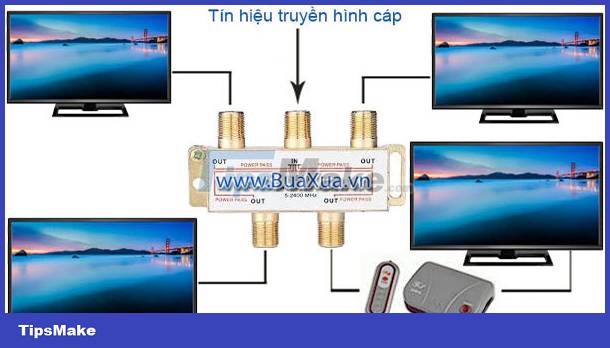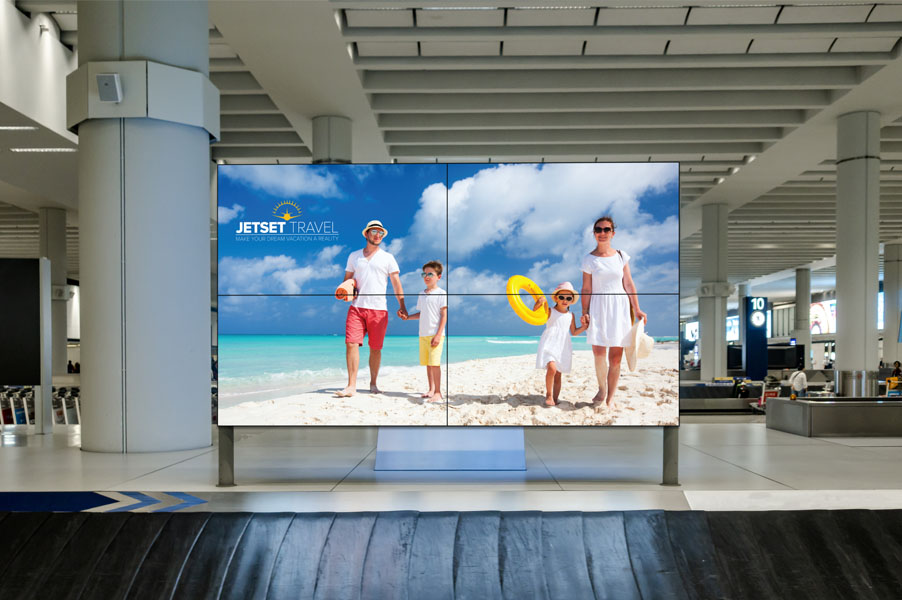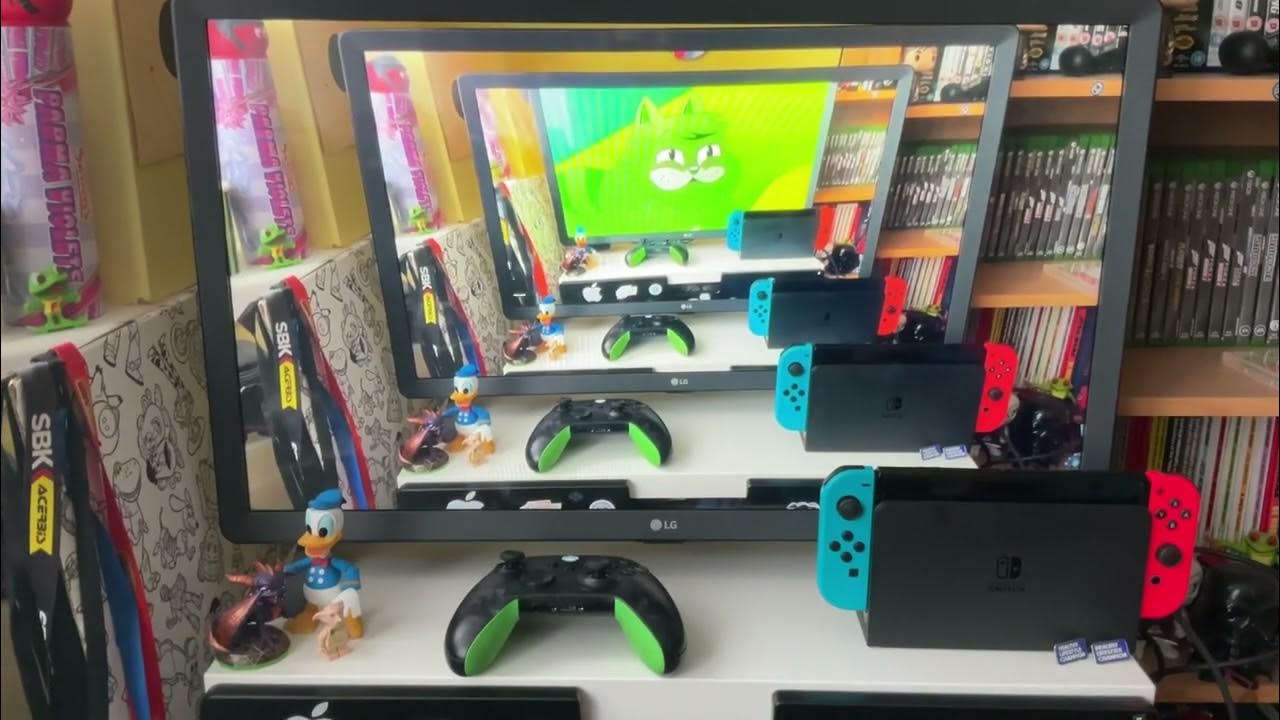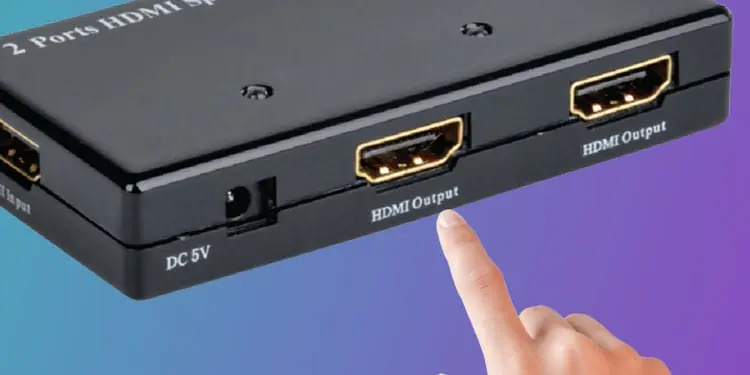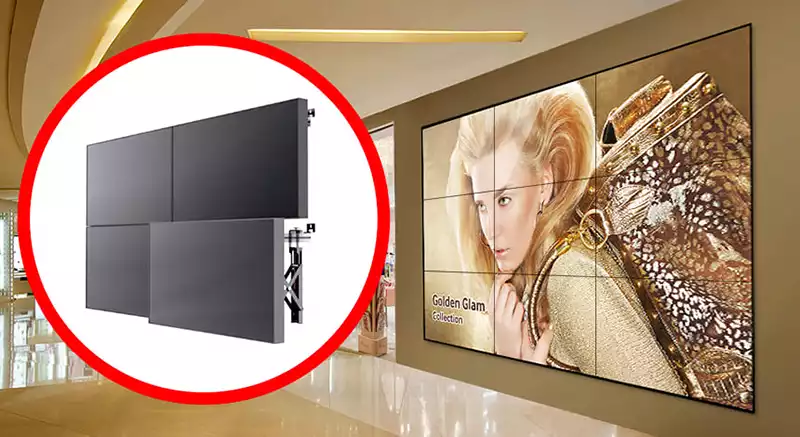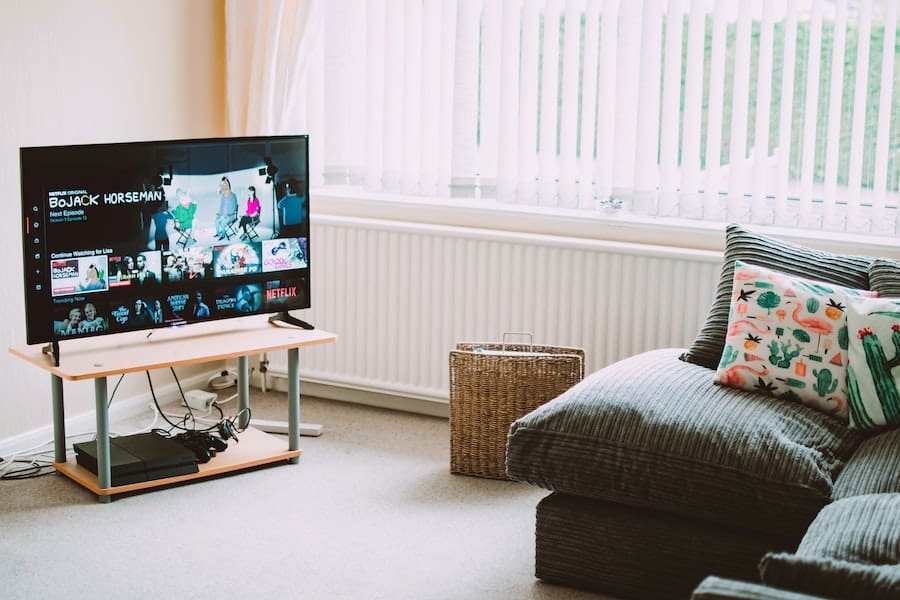How To Connect 4 Tvs Together For One Picture

Imagine standing before a wall, not of paint or paper, but of vibrant, synchronized screens. Four televisions, seamlessly joined to display a single, breathtaking image, creating an immersive visual experience that pulls you right into the heart of the action. It's no longer the realm of futuristic movie sets or high-tech installations; this captivating display is now within reach for the everyday enthusiast.
This guide reveals how to connect four TVs to work as one large screen. We'll explore the necessary equipment, configuration steps, and potential challenges to help you achieve a stunning multi-display setup. Prepare to transform your viewing space into a captivating visual spectacle.
The Foundation: What You'll Need
Embarking on this project requires careful planning and the right tools. The most critical element is, of course, four televisions of the same make and model. This ensures uniformity in color, brightness, and resolution, creating a cohesive and visually appealing image across the entire display.
Next, you'll need a powerful video processor or video wall controller. These devices are the brains of the operation, responsible for splitting the video signal and distributing it across the four screens. Choose a processor that supports the resolution and refresh rate you desire. High resolution is key for sharp details.
HDMI cables are crucial for connecting the video source to the processor and then from the processor to each TV. Ensure you have enough cables of the appropriate length to reach each display. Consider using high-speed HDMI cables, especially for 4K or higher resolutions.
Finally, you'll need a sturdy mounting solution to securely position the TVs. Whether you opt for wall mounts or a custom-built frame, prioritize stability and precise alignment. Accurate alignment is crucial for creating a seamless image.
Understanding Video Wall Controllers
The video wall controller is the heart of this setup. It takes a single video input and divides it into four quadrants, each corresponding to one of the TVs. These controllers vary in features and capabilities, so selecting the right one is essential. Some controllers offer advanced features like bezel compensation, which adjusts the image to account for the physical frames of the TVs, creating a more seamless visual.
Many modern controllers support various input sources, including HDMI, DisplayPort, and even older analog formats. Consider the types of devices you plan to connect to your video wall when choosing a controller. Compatibility with different source types is important for versatility.
Setting up the controller typically involves connecting the video source to the input, connecting the four TVs to the outputs, and configuring the settings through an on-screen menu or a computer interface. Follow the manufacturer's instructions carefully for optimal performance.
Step-by-Step Configuration Guide
First, mount the four TVs in the desired configuration. Precise alignment is essential for a seamless image. Use a level and measuring tape to ensure each TV is perfectly aligned horizontally and vertically. Consider professional installation for optimal results.
Connect the video source (e.g., a Blu-ray player, gaming console, or computer) to the input of the video wall controller using an HDMI cable. Connect each TV to one of the outputs on the controller using HDMI cables. Ensure all connections are secure.
Power on the TVs and the video wall controller. Access the controller's configuration menu, usually through an on-screen display or a web interface. Configure the output resolution, screen arrangement, and any other desired settings, such as bezel compensation.
Adjust the individual TV settings, such as brightness, contrast, and color, to achieve a uniform look across all four screens. This may require some trial and error. Consider using a color calibration tool for professional-grade results.
Addressing Common Challenges
One common challenge is bezel visibility. The bezels (the frames around the TVs) can disrupt the seamlessness of the image. Some video wall controllers offer bezel compensation features, which adjust the image to minimize the impact of the bezels.
Another challenge is ensuring color uniformity across all four TVs. Even with the same make and model, slight variations in color and brightness can occur. Calibrating each TV individually and using a colorimeter can help achieve a consistent look.
Finally, managing cables can be a challenge. With multiple HDMI cables and power cords, it's important to keep everything organized and out of sight. Use cable ties, conduits, and other management tools to create a clean and professional look. Hide wires for a polished aesthetic.
Beyond Entertainment: Diverse Applications
While a four-TV video wall is ideal for home entertainment, its applications extend far beyond the living room. Businesses can use them for captivating displays in lobbies, trade shows, and retail environments. Imagine a restaurant showcasing its menu across a mesmerizing display.
Educational institutions can leverage video walls for interactive learning experiences. Students can collaborate on projects, view detailed diagrams, and engage with content in a dynamic and immersive way. The possibilities are truly endless.
Even in control rooms and monitoring centers, video walls provide valuable real estate for displaying critical information. Operators can monitor multiple data streams simultaneously, improving situational awareness and decision-making.
The Future of Visual Experiences
As technology continues to advance, we can expect video walls to become even more accessible and sophisticated. Innovations like microLED displays, which offer truly seamless visuals without bezels, are on the horizon.
Furthermore, advancements in video processing and control software will make it easier than ever to configure and manage complex multi-display setups. This trend toward simplicity and accessibility will make video walls a more common sight in homes and businesses alike.
The future of visual experiences is undoubtedly bright, with video walls playing a pivotal role in transforming how we consume and interact with information. The possibilities are limited only by our imagination. Embrace the possibilities and create your own captivating display.
